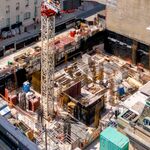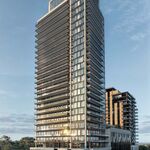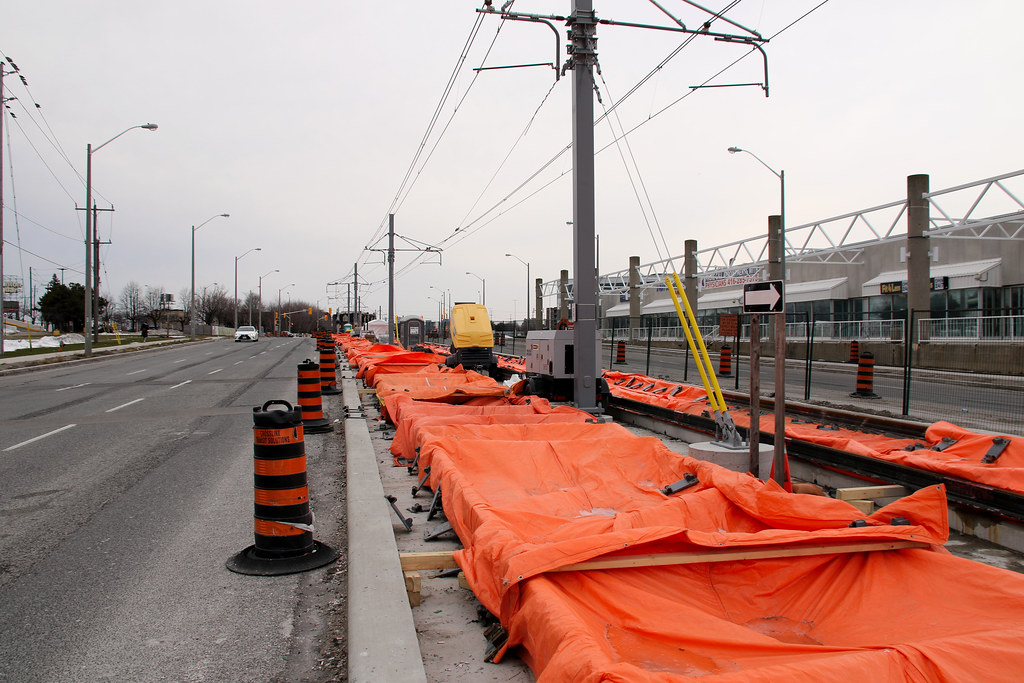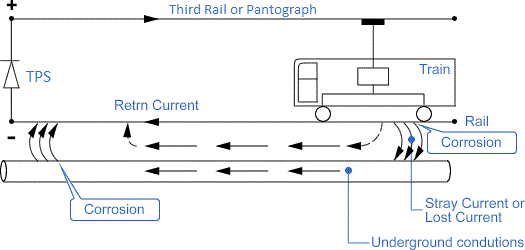Northern Light
Superstar
I think at this point they would rather build a line that is either just right or a bit undersized so the capacity can justify the line so that if it did fill up quickly, they can lobby for extensions and expansions.
However I would caution against treating projected riderships as gospel. Remember what was the sheppard line and their claimed ridership?
Never came.
Definitely never treat projections as an absolute truth.
Even when well done, in good faith, they are an 'educated, guess'.
While Sheppard was not the line that should have been prioritized at the time that it was; I would not want to be unfair on its not meeting projections.
The line was shorted to Don Mills from VP, missing a very important employment district; and an easier, quicker, connection to points east; and also saw Willowdale Station cut as as well.
Its difficult to assess what portion of the shortcoming owes to the shortening, and cheapening of the line, vs excess inflation in the original numbers; but its likely fair to say that both played a role.
Last edited:





















